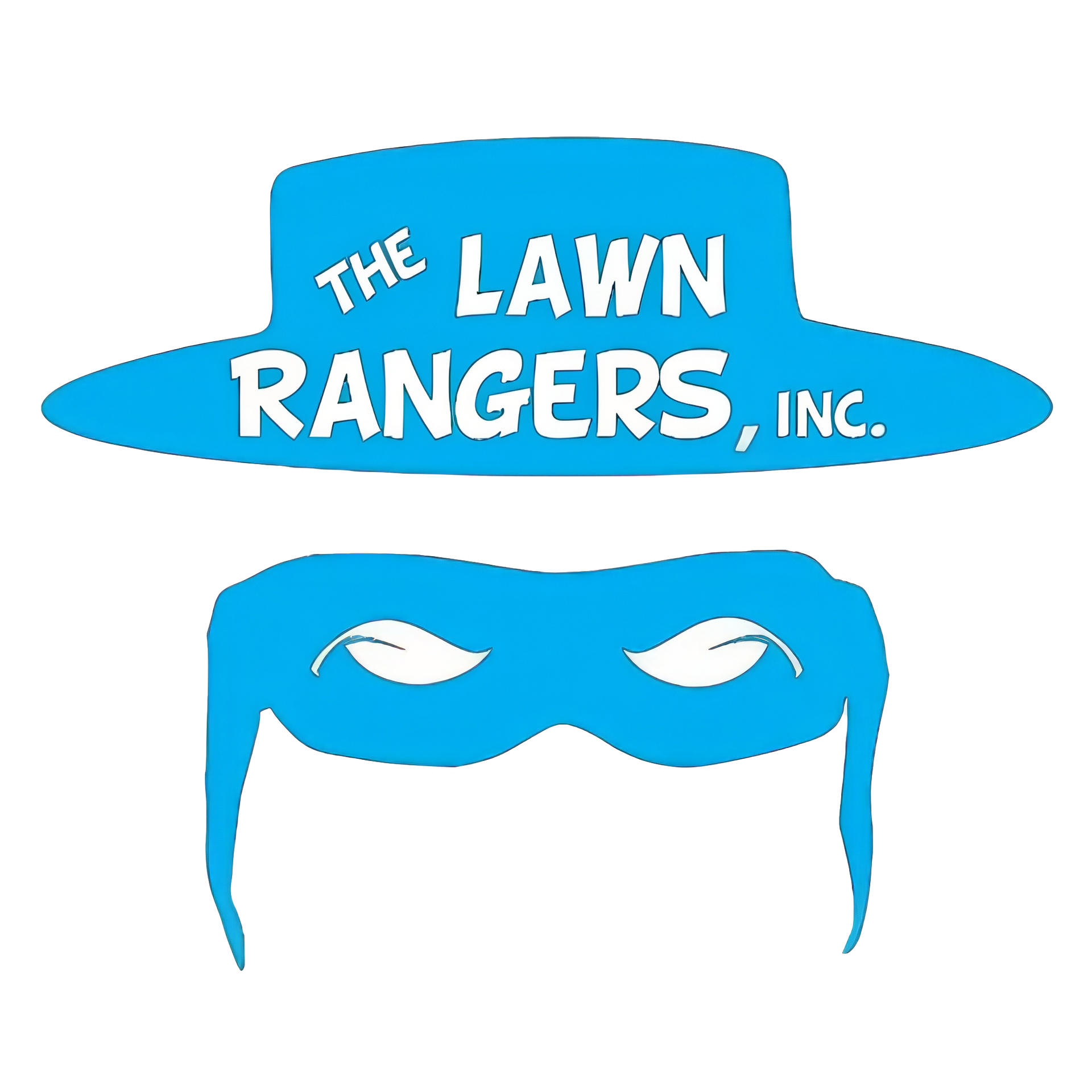FAQ
answers from the experts
FAQs
Have a landscape-related question? We have the answer. Check out these FAQs and give us a call today for more information!
What kind of mowers do The Lawn Rangers use?
We use 48“-52” wide commercial walk-behind mowers. Our mowers also have stand-on sulkies that we use on some properties. We also have 33” and 21” mowers to mow tighter areas that do not accommodate the larger mowers.
Should clippings be bagged when you mow your lawn?
The short answer is no. If the grass is cut on a weekly basis, our mowers will spread the clippings evenly over the lawn where they will be decomposed quickly and not leave clumps of grass. [Grass clippings are 90% water.) When and if the clippings are too heavy and leave clumps, at that point we’ll blow and spread out the clippings or pick them up if they are too heavy. My problem with clippings is, if they are too heavy, they leave large clumps of dead grass in the yard, with the potential of killing the grass beneath them.
What height should tall fescue lawns be mowed?
Tall fescue should be cut between 3” and 4” and be cut every 7-10 days. (We at The Lawn Rangers cut typically between 3”-3.S”). The benefits of cutting fescue at this height are:
1. The longer the blade of grass, the deeper the roots grow.
2. The grass becomes more drought resistant.
3. The longer blades of grass help crowd out weeds.
4. Taller grass reduces the amount of watering needed.
Does it matter what direction you mow your lawn?
Yes! Mowing in the same direction all the time causes the grass to lay over and can prevent proper cuts in the future. We at The Lawn Rangers, change the cutting pattern weekly, alternating between horizontal, left angle, right angle, and vertical. Some of the benefits of mowing your lawn this way are:
1. Helps to avoid wear patterns (ruts)
2. Due to uneven turf, this ensures that the lawn will get evenly cut over time.
3. Looks professional.
When is the best time to seed your lawn?
September is the best time of the year to overseed an existing lawn or install a new one, sod being the exception, which can be done any time of the year. The benefits of seeding on this schedule are:
1. The cooler air and the sunshine create a more temperate climate for your grass to thrive.
2. You will not need to water as much as at other times of the year.
3. Allows the new grass to mature before the heat of the following summer.
4. Your grass is not competing with the summer weeds while getting established.
5. You will be able to put down a pre-emergent to prevent crabgrass the following spring.
How often should you trim shrubs?
It depends. Most non-blooming shrubs require two prunings per season. Memorial Day and Labor Day are good times of the year to schedule this. With that being said:
1. Prune spring-blooming bushes and shrubs after they are done blooming.
2. Prune summer or fall-blooming shrubs in the early spring, after new growth has started but before flower buds appear.
3. The best time to trim Crepe Myrtles is in February because they bloom from new growth, not old.
Should I use landscape fabric under natural bark mulch?
No. The benefit of using bark mulch is the fact that it decomposes and breaks down. enriching the soil. If you put down fabric underneath natural mulch that decomposes, you will end up with compost on top of the landscape fabric, which defeats the purpose of using the fabric in the first place. Bark mulch should be spread to a depth of 2”-3” to help control weeds. (As a homeowner, you can put down newspaper under the mulch to help control weeds initially.) There are also pre-emergents, such as Preen, that will help keep weeds from germinating but will not kill existing weeds.
When should I use landscape fabric?
Anytime you are using a non-decomposing material such as decorative landscape rock.
How often should mower blades be sharpened?
Typically, blades should be sharpened every 20-25 hours. We sharpen our blades three days a week (Sunday, Tuesday, and Thursday). Regular maintenance is also done at this time, to maintain safety.
What are the benefits of aeration and how often should it be done?
1. Produces stronger turf grass roots.
2. Reduces soil compaction.
3. Helps the soil be able to absorb the water more efficiently.
4. Great time to broadcast seed because it allows good contact between the seed and the soil.
If you have high-traffic areas or heavy clay soil, you should aerate every year. If you have a well-established, healthy lawn, every 2-3 years is sufficient.
Is it better to use decorative stone or natural bark mulch in my landscape beds?
It is a personal preference. There are pros and cons to both.
Natural Bark Mulch:
Pros:
1. The natural mulch reduces water evaporation, which means less watering.
2. As the mulch decomposes, it adds nutrients and enriches the soil ( and helps your plants thrive.
3. Helps with weed control.
4. Mulch keeps plants warmer in the winter and cooler in the summer.
Cons:
1. Depending on which type of mulch is used, it will need to be replenished every 1-2 years.
2. Exterminators don’t like to see mulch around the perimeter of houses.
Decorative Stone:
Pros:
1. Low maintenance, Rarely needs replenishing.
2. Better weed control than natural mulch.
3. Easier to clean leaves and debris out of.
Cons:
1. Initial cost is greater than natural mulch.
2. Harder to add annual flowers for color in landscape beds.
Still have a question?
Use the form below to ask us any questions that you still have!
Get in Touch with The Lawn Rangers
Get your free estimate today!
Office
1973 Hwy 70 E, Crossville, Tennessee 38555, United States
